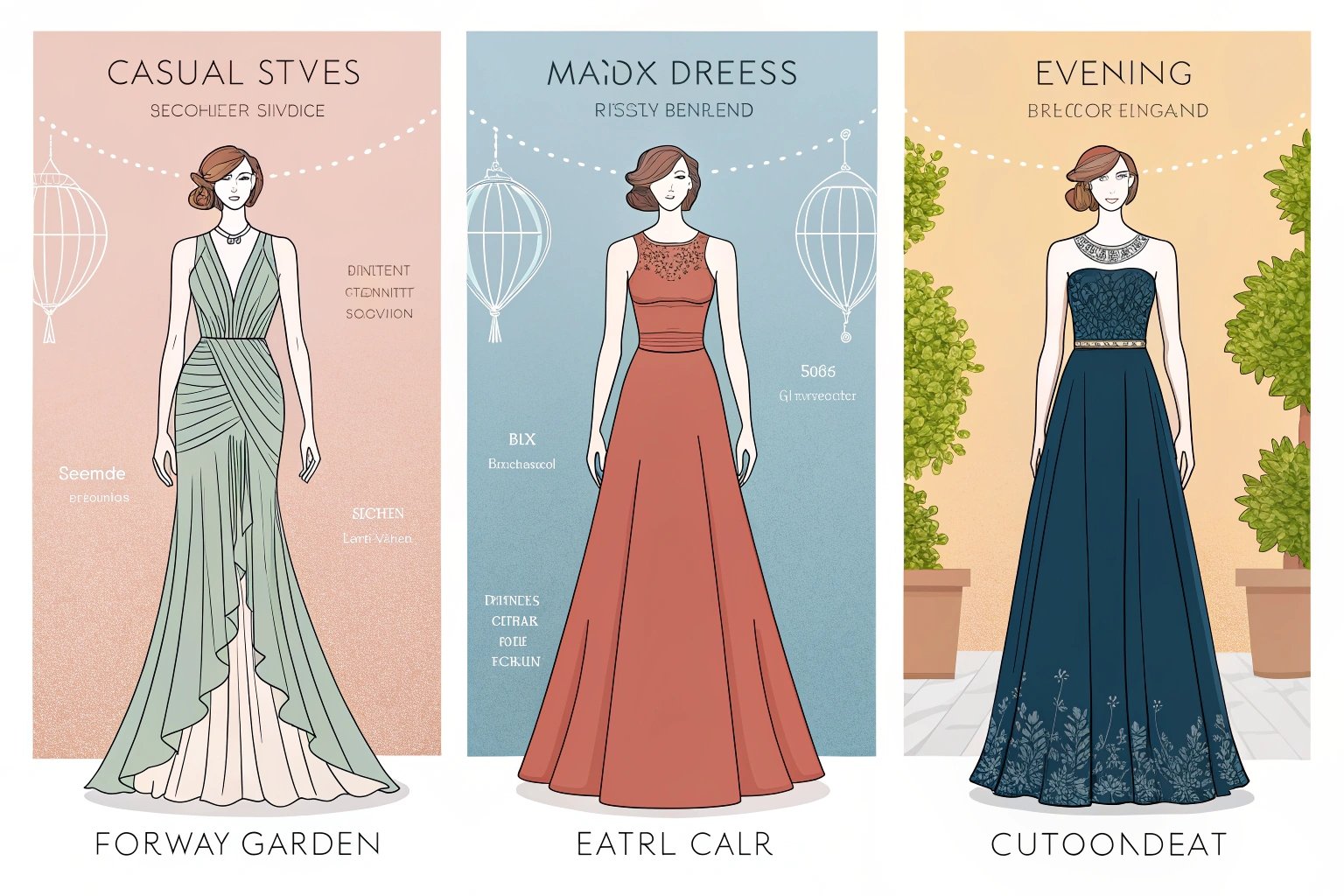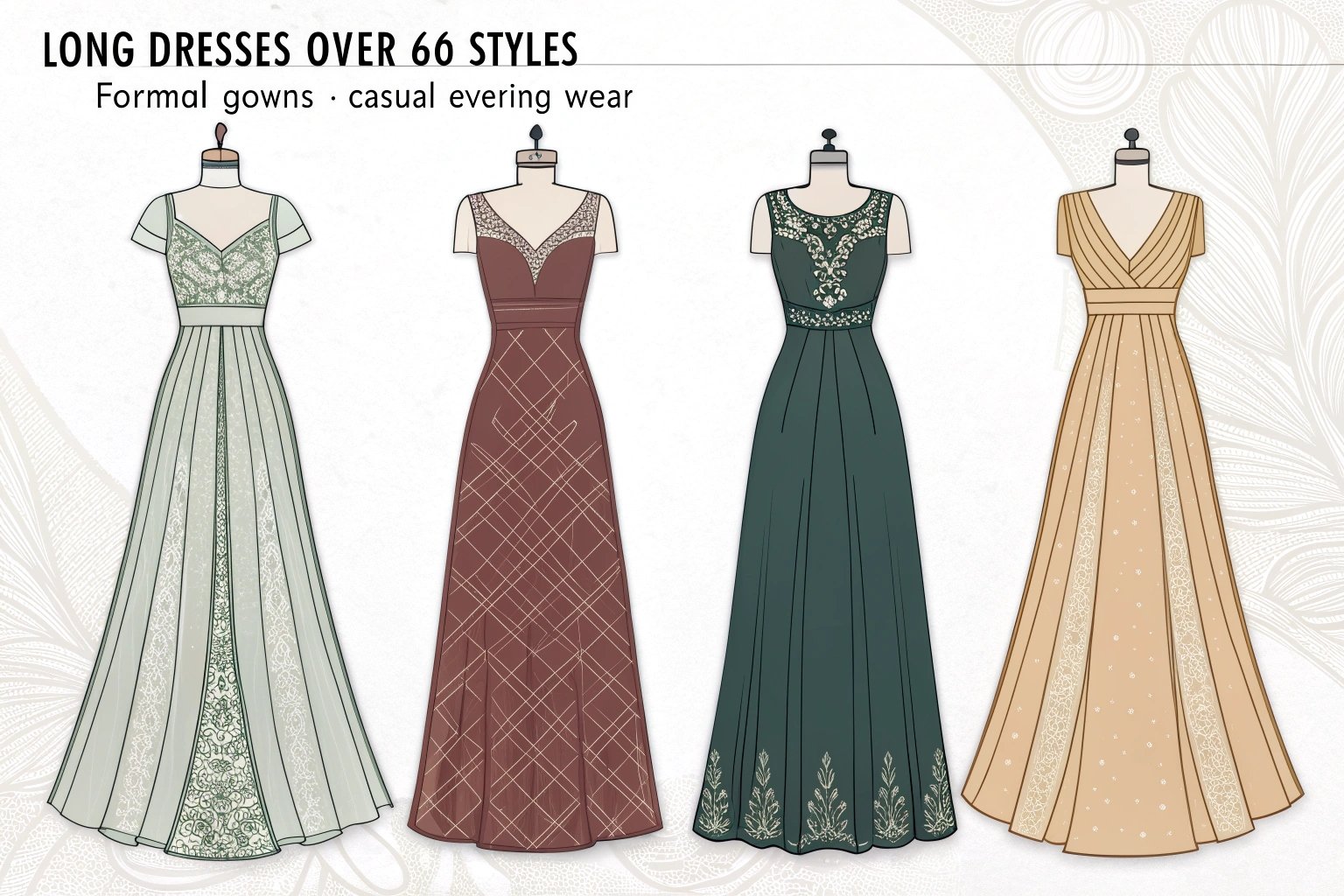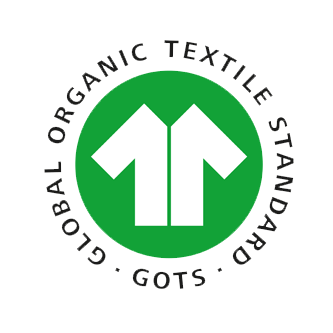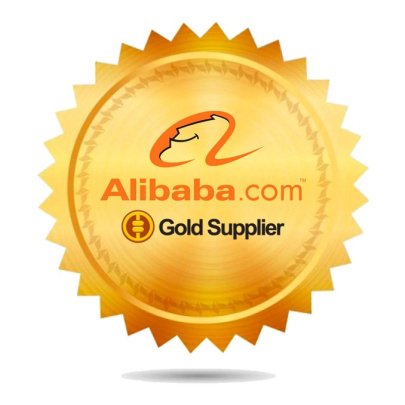Sourcing swim fabrics1 can feel chaotic. Too many mills, too many claims, not enough proof. I’ve seen beautiful designs fail because the fabric sagged, faded, or pilled. You don’t need luck. You need a checklist, a map of where to look, and a testing plan that never blinks.
You’ll find reliable swimwear fabric suppliers in key textile hubs2, trade fairs3, and vetted B2B platforms4. Pick partners by performance data5 (stretch, recovery, chlorine/UV), quality systems, and consistent lead times. Ask hard questions, test every lot, and lock standards in your tech pack. That is how winning swim brands source.
Years ago, I trusted “premium nylon” without lab results. The line stretched out by week three. Since then, I never approve a fabric without a wet test, a chlorine test, and a shade review under D65 light. Here’s my full playbook.
Why does fabric selection matter for swimwear manufacturers?
Choosing fabric is not cosmetic. It is structural. Swim garments live in sun, salt, and chlorine. The wrong knit ruins fit, comfort, and lifespan. The right knit makes your suit feel supportive on day 100 like it did on day one.
Fabric quality drives comfort (handfeel, stretch), durability (pilling, chlorine/UV resistance), and fit (recovery, modulus). A strong supplier protects color, opacity, and shape after repeated swims. Your line succeeds when the fabric holds up in real water, not just in a showroom.
 Poolside Swimwear Fabric
Poolside Swimwear Fabric
How do stretch, durability, and quick‑dry impact performance?
Core swim performance targets I use
| Property | Target Range (shell) | Why it matters |
|---|---|---|
| 4‑way stretch | 60–80% both directions | Comfort and freedom of movement |
| Recovery (10 min) | ≥90% | Keeps shape after wear |
| GSM (density) | 170–230 gsm | Wet opacity + support |
| Pilling resistance | Class 4–5 | Surface stays smooth |
| Dry time (touch‑dry) | <30 minutes | Comfort after swim |
I also line light colors or ribs; wet opacity must pass under bright light on a mannequin. No guesswork.
Why are UV and chlorine resistance essential?
- UV: UPF 50+ protects skin and slows dye fade. Demand UPF test data on finished fabric.
- Chlorine: Standard elastane degrades in pools. For training/family lines, pick polyester/PBT or chlorine‑resistant elastane. Returns drop; reviews rise.
Where can you find reliable fabric suppliers for swimwear?
You need two paths: in‑person for depth, online for breadth. I start with fairs to touch fabric, then use platforms to widen the net and negotiate.
Global hubs include Italy (Lombardy for premium knits), Spain/Portugal (fashion swim), Taiwan/Korea (technical filaments), and China (Fujian/Guangdong for scale). Trade fairs like MarediModa (Cannes), Intertextile Shanghai, Performance Days, and Colombiatex are swim‑friendly. Online, use Alibaba, Global Sources, Fibre2Fashion, and TradeWheel to screen mills fast.

Which hubs and fairs specialize in swim fabrics?
Geographic map (my short list)
- Italy (Lombardy): Premium nylon 6,6/elastane, luxe hand, rich solids.
- Portugal/Spain: Fashion prints, smaller MOQs, quick response.
- Taiwan/Korea: High‑tenacity filaments, chlorine‑resistant systems, technical finishes.
- China (Fujian/Guangdong): Broad capacity, competitive pricing, rib/texture variety.
- Colombia/Brazil: Strong for prints and beachwear culture, regional speed.
Fairs to prioritize
| Fair | Why go | When you win there |
|---|---|---|
| MarediModa | Pure swim/lingerie focus, trend forward | Premium shells/linings, ribs, jacquards |
| Intertextile | Massive supplier mix, testing labs onsite | Scale, cost tiers, compliance options |
| Performance Days | Technical knits, finishes | Chlorine/UV, recycled tech yarns |
| Colombiatex | Latin swim print specialists | Vibrant prints, regional fulfillment |
How to use online platforms effectively
- Alibaba / Global Sources / TradeWheel: Filter by “swimwear fabric,” composition, GSM, and certifications. Request spec sheets + swatches, not just quotes.
- Fibre2Fashion / Thomasnet: Good for shortlists and North America/EU converters.
- Note: Fabric.com was discontinued; for small test yardage use Mood, FabricWholesaleDirect, or regional wholesalers while you sample.
How do you evaluate a fabric supplier before partnering?
Trust is earned with data. I verify composition, stretch, recovery, colorfastness, and capacity—then I pressure‑test communication speed and document quality.
Ask about exact composition, GSM, knitting method, finish, MOQ by color/print, lead times (lab dips, bulk), pricing breakpoints, and testing history. Validate credibility with OEKO‑TEX® STANDARD 100, GRS (for recycled), ISO 9001, ISO 14001, and social audits (BSCI/SMETA). Always call two client references.
Questions that separate pros from amateurs
| Topic | Questions I ask | What a good answer sounds like |
|---|---|---|
| Composition & GSM | Exact % + gsm? Tricot or circular? | “78/22 PA/EA, 200 gsm tricot, 70/70 dtex” |
| Performance | Stretch/recovery? UPF? Chlorine/pilling grades? | Reports attached; methods (ISO/AATCC) stated |
| MOQ & Lead time | Solid/print MOQs? Lab dip & bulk weeks? | “Solids 300 m/col, prints 500 m; LD 7d, bulk 30–45d” |
| Pricing | Price tiers by volume? Recycled upcharge? | Clear breaks; recycled +6–10% with GRS scope |
| Shades & repeats | Shade bands? Lot‑to‑lot control? | Maintain shade cards; ΔE targets; retain retains |
| Compliance | Certifications? Social audits? | Valid cert IDs, expiry dates, audit summaries |
Evidence of credibility
- Certs: OEKO‑TEX®, GRS, ISO 9001/14001, Higg FEM participation.
- References: Ask for brands in your price tier, not just luxury names.
- Docs: Tech datasheets, test reports, COAs with each lot.
How can a swimwear manufacturer help you source fabrics?
Use my network. We buy more, so mills pick up the phone faster. We also know which qualities repeat well and which look good once and fail later.
Sourcing through your manufacturer unlocks negotiated rates, faster lab dips, reserved greige, pre‑qualified mills, and consolidated QA. We manage shade control, re‑order stability, and claim handling if a lot fails specs. It’s speed and risk reduction in one move.

Advantages of using the manufacturer’s network
- Better pricing: Volume contracts and yarn surcharges already negotiated.
- Consistency: We lock shade bands and keep retain samples for every lot.
- Speed: Pre‑approved mills cut weeks off development.
- Liability: If a batch fails, we coordinate remake/credit with the mill.
How do manufacturers ensure consistency across runs?
- 4‑Point fabric inspection on arrival; AQL applied.
- Shade continuity: Bulk checked to lab‑approved band under D65/TL84.
- Lot mapping: Rolls tracked by barcode from cut to carton.
- Golden sample system: Shell + lining sealed; TOP must match.
What tips help build long‑term relationships with fabric suppliers?
Good relationships lower costs and reduce surprises. Your leverage is predictability and clean communication.
Negotiate tiered pricing, realistic lead times, and fair MOQs. Share rolling forecasts and book greige when possible. Use clear PO terms, penalty/bonus windows, and a simple but strict QC matrix. Pay on time; escalate issues with data, not emotion.
Pricing, timelines, and MOQs
| Lever | How I structure it | Outcome |
|---|---|---|
| Tiered pricing | Breaks at 300/800/1500 m per color | Lower unit cost as you scale |
| Blanket PO/Forecast | 6–9 month volume with call‑offs | Greige reserved; faster dye slots |
| Lead times | LD 5–10d, bulk 25–45d by color count | Predictable drops |
| MOQs | Negotiate by family of colors | Fewer leftovers; better cash flow |
Quality control that keeps standards high
- Pre‑shipment tests: Stretch/recovery, pilling, colorfastness to pool/sea/sweat.
- Incoming QC: 4‑Point + shade check; reject out‑of‑band rolls early.
- Pilot cut: Cut 1–2 rolls first; confirm sewing behavior and yield.
- Feedback loop: Returns tagged to lot number; adjust specs or mill choice.
Conclusion
Great swim lines start with the right mills. Go where the expertise is, ask for data, and test wet—every time. Use your manufacturer’s network for speed and consistency, set clear MOQs and timelines, and protect quality with simple, repeatable checks. Do this, and your fabric stops being a risk—and starts being an edge.
-
Explore this link to discover trusted suppliers that can provide high-quality swim fabrics for your needs. ↩
-
Learn about the best textile hubs to find premium swimwear fabrics and enhance your sourcing strategy. ↩
-
Find out about essential trade fairs where you can connect with fabric suppliers and discover new materials. ↩
-
Check this resource for top B2B platforms that can help you quickly find and vet swimwear fabric suppliers. ↩
-
Understand how to assess performance data to ensure the quality and durability of swimwear fabrics. ↩









